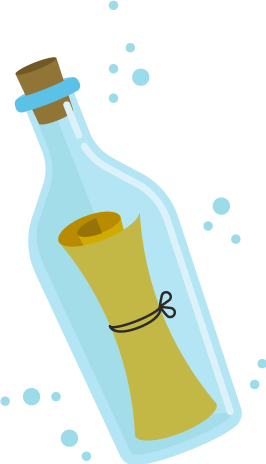Japanese Knotweed
Infographic created for Japanese Knotweed Solutions
The name “Japanese Knotweed” doesn’t sound vicious. It might sound like a plant you’d like to have in your garden. Don’t be fooled by their dainty name; these greens are actually capable of destroying your home.
All About The Japanese Knotweed
Japanese Knotweed is scientifically known as Reynoutria japonica. It’s a species of herbaceous perennial plant in the knotweed family. It hails from East Asia, specifically in Japan, China, and Korea.
In North America and Europe, Japanese Knotweed is considered a pest because it invades homes and causes destruction in the long run.
In Japan, it grows widely throughout the nation and is edible. Due to Japan’s ecosystem, the plant can be kept under control, so it isn’t a pest like it is in North America or Europe.
What’s So Bad About Them?
Although Japanese Knotweed isn’t dangerous to humans or animals, it is a danger to buildings. It can cause devastating and costly damage to buildings since it can cause structural damage. In severe cases, homeowners have to demolish their homes to destroy the roots.
Japanese Knotweed also grows exceptionally quickly (10cm a day) and vigorously. Although they can’t penetrate the concrete, they can cause concrete to shatter due to their ability to widen gaps and grow everywhere.
How Can You Get Rid of Them?
Getting rid of Japanese Knotweed isn’t as easy as getting rid of your plain ol’ weeds that grow in your backyard or removing a dead tree. It’s time-consuming and tedious.
To get rid of them permanently, you would need to cut down and remove their canes, apply Glyphosate-based weed killer, and wait at least seven days before pulling out the weeds.
This process isn’t instantaneous, and if the weed is found under your home, it would require massive deconstruction before cutting down the canes.
Before things get worse, take time to go around your property and look for signs of Japanese Knotweed growth. By identifying it early on, you can prevent their growth from getting worse, and it’ll save you thousands in repairs.



